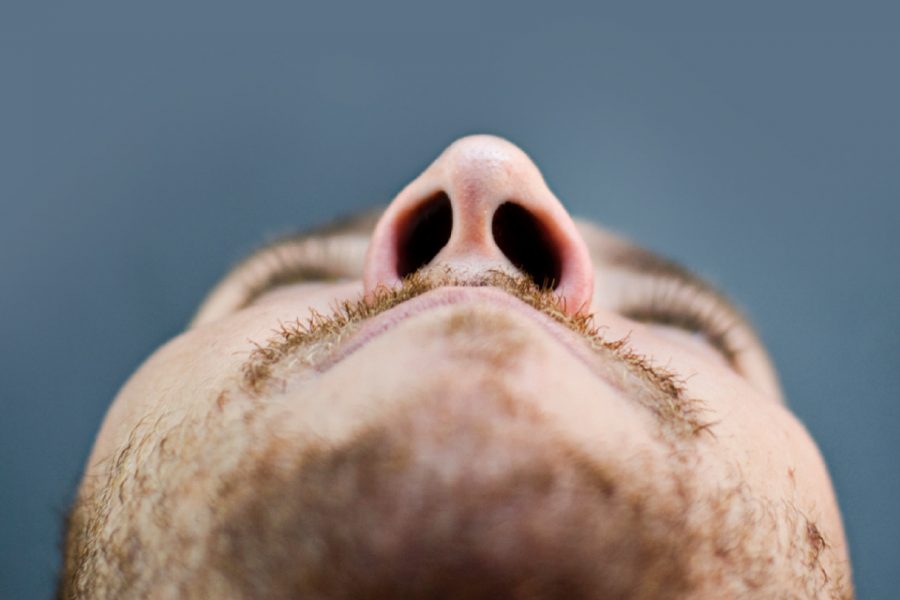A new study has found that voice and body odor play a significant role when it comes to attractiveness. According to a review paper published May 18 in the journal Frontiers in Psychology, acoustic and olfactory cues can strongly influence the perceived attractiveness of an individual.
The authors reviewed 73 studies focused on attractiveness, published between 1977 and 2017. They analyzed the studies to examine the relative importance of visual, olfactory and auditory cues, according to Agata Groyecka, a researcher at the University of Wroclaw in Poland and lead author of the paper.

Attractiveness is multimodal and relies on scent and voice too
The researchers discovered that the perception of attractiveness is multimodal, which means it does not rely on just one factor, such as physical appearance, but rather on a series of factors, including body odor and voice.

The researchers noted that vocal cues help other make judgments about another person’s age, sex, cooperativeness, dominance, emotional state, physical strength and possibly fertility. Groyecka and her team noticed that while many previous studies focused on visual factors related to physical attractiveness, few have investigated the influence of voice and scent.
The researchers note that in the paper they argue that a more balanced approach that integrates the three modalities will provide stronger evidence regarding the complex factors underlying human attractiveness.
“Although the literature about human’s voice and olfaction has grown rapidly in past decades, we were not surprised to find that the biggest share of papers regarding attractiveness focuses on physical appearance,” said Groyecka, according to CNN. “Olfaction and audition are largely neglected in reviews about attractiveness.”
The researchers believe that there is a high complexity of multimodal sensory integration when it refers to judging attractiveness. They cite as an example that some men prefer that femininity in women’s faces and voices correlate, however, that cross-modal interaction does not always generalize to men’s perception of other men. They said that women, on the other hand, prefer an intermediate level of overall masculinity, or they lean toward a balanced mix of men’s traits. Groyecka and her team noted that although people tend to find faces of other with similar features to their own most attractive, they usually prefer the odors of those with different genotypes.
The relative importance of each modality also shifts dynamically during relationship formation, noted the authors. Visual and vocal characteristics are likely to be more important at the beginning of a relationship, whereas odor requires closer and intimate physical contact.
The paper said that potential mates might rely on physical appearance as a “first-pass screen,” and then the smell would provide additional information. Other changes in preferences may occur while women are on their menstrual cycle too, as studies have shown that women prefer men’s voices, faces, and odors when they are ovulating. However, it is unclear whether such cyclic effects apply to cross-modal integration.
Attractiveness perception may also vary depending on context
The importance of several traits or modalities may also vary depending on the context, said the researchers. Previous studies showed that women’s bodies are relatively more important to men’s judgments of physical appearance in a short-term relationship context, while facial appearance becomes more important in a long-term relationship context. That difference is less apparent in women’s judgments of men, as females look for other traits when seeking a partner. According to another study, while men rely more on visual appearance, women pay more attention to olfactory cues.

They added that apart from studying each modality as if it exists independently from the others, previous studies have focused “disproportionately” on visual indicators of attractiveness, undermining the importance and influence of scent and voice.
Laura Germine, a social neuroscientist at Harvard Medical School, told CNN that all of our senses combined work together to help us find the attractiveness of others. She noted that such sensory information could guide someone in making a first impression about a person in mere milliseconds. Germine added that more research is needed to find how factors, outside of visual cues, play a part in attractiveness.
Source: Frontiers in Psychology
